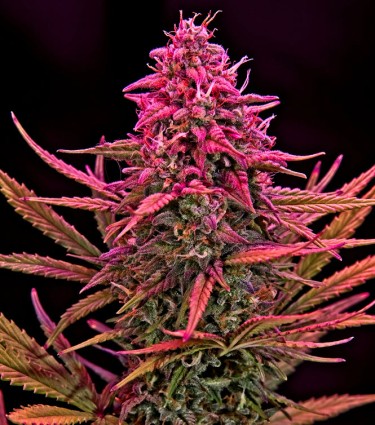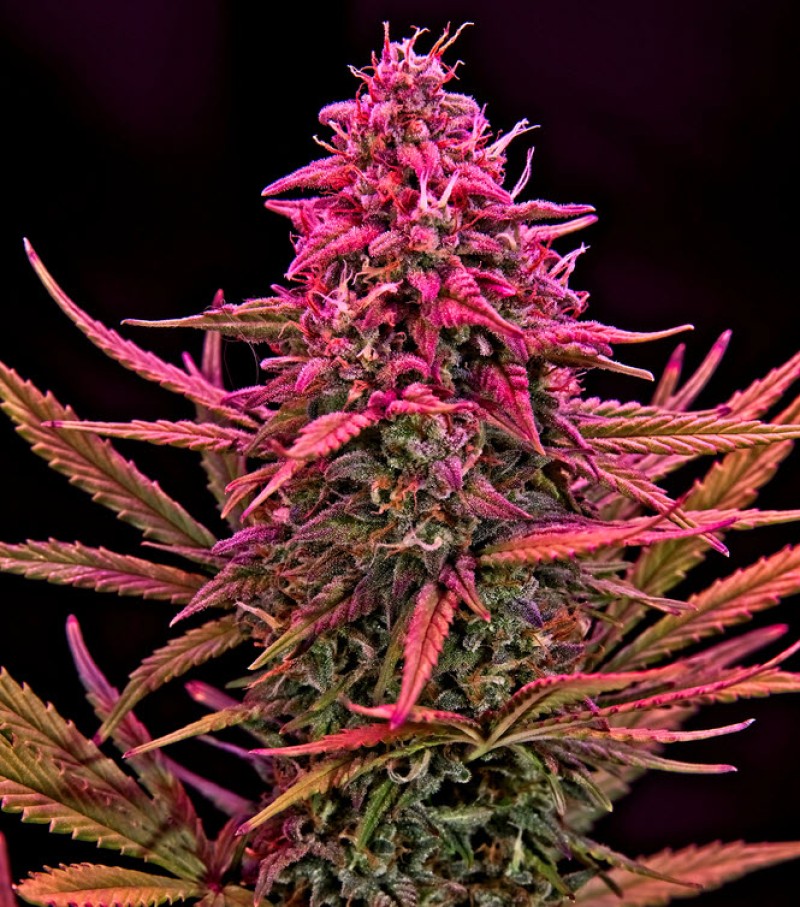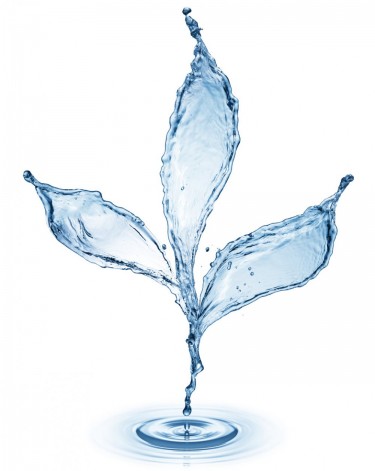
Pink-Runtz has solidified its status as a designer strain worth mastering. This 50% India, 50% Sativa hybrid captivates with its potent buds, sweet cherry-candy flavor and vibrant appeal. Whether you’re growing indoors or out, boosting yields requires more than luck—it demands precision across environment, lighting, nutrients and plant training. This guide unpacks advanced, proven techniques to elevate your Pink Runtz harvest, drawing from real grower data and cannabis fundamentals. Ready to turn a good crop into an exceptional one? Here’s how to make it happen.
Pink-Runtz’s origins spark debate—some peg it as a Runtz phenotype, others a cross of Rainbow Sherbet and Pink Panties—but its cultivation profile is unmistakable. With THC levels hitting 23-25% and a modest 0.5% CBD, it delivers a balanced high: euphoric yet relaxing. Its dense buds and bushy growth call for careful management, but the payoff is substantial—indoor yields of 400-600 grams per square meter or up to 500 grams per plant outdoors are within reach. Let’s dive into the strategies that maximize its potential.
Tailoring the Environment: Climate and Airflow Essentials
Pink Runtz thrives in a stable, mild climate, with temperatures between 70-80°F and humidity at 40-50% during its 8-9 week flowering phase. Data from 10 harvests on https://growdiaries.com/strains/pink-runtz reveal Pink-Runtz excels indoors when growers nail these conditions, outpacing outdoor setups plagued by weather swings. The strain’s tight, resinous buds and thick foliage make airflow a priority—stagnation invites mold, especially in humid conditions. Exhaust fans are non-negotiable; a 4x4-foot tent does well with a 6-inch fan pulling 400 CFM, while a 5x5 space benefits from an 8-inch model at 600 CFM to keep air moving. Pair these with intake fans to refresh the space—growers note tighter, healthier buds when circulation is robust.
Indoors, small tweaks can make a big difference. If humidity creeps above 50% during flowering, a dehumidifier keeps it in check, protecting bud quality. The strain’s cherry-sweet aroma, driven by terpenes like myrcene and limonene, can fill a room—adding a carbon filter to your exhaust setup manages the scent while maintaining airflow. Outdoors, site selection is key. Well-drained, sheltered spots with natural breezes—like coastal regions—suit Pink-Runtz better than humid inland areas. If nighttime temps dip below 65°F, a heat mat under pots stabilizes root zones, encouraging steady growth without shocking the plant. These environmental controls set the stage for heavier yields and richer flavors.
Light Spectrum Mastery: Timing and Adjustments
Lighting isn’t just about power—it’s about timing and wavelength precision. During vegetative growth, blue-heavy LEDs (450-500nm) at an 18/6 schedule build a sturdy frame. GrowDiaries users report a 20% increase in branching with this approach, creating more bud sites for later. Once flowering kicks in, switch to red-dominant light (620-630nm) at 12/12 to trigger dense bud development. SeedFinder.eu pegs indoor yields at 400-500 grams per square meter with 400-600 watts of light intensity, a range that aligns with Pink Runtz’s 23-25% THC peak.
Distance matters—keep LEDs 18-24 inches above the canopy. Too close, and heat stress bleaches buds; too far, and light penetration weakens, thinning lower colas. Growers on GrowDiaries often tweak this mid-cycle, raising lights as plants stretch in early flower. Another trick: use light deflectors or side lighting to hit lower branches, squeezing out an extra 50 grams per plant in some cases. Timing the switch to flowering light is critical—delay it, and veg growth overstays, cutting into bud weight; rush it, and plants lack the structure to support a big harvest. By week 8-9 of flowering, when trichomes cloud up (visible with a 60x jeweler’s loupe), you’ll see the reward of this precision: sticky, potent buds ready to cut.
Nutrient Precision: Feeding for Flavor and Potency
Pink-Runtz’s standout flavor—sweet and fruity, with cherry and sour candy notes—relies on a sharp nutrient strategy. In soil, start with a nitrogen-rich mix (e.g., 10-5-5 NPK) during veg to fuel leafy growth and strong stems. As flowering begins, shift to a phosphorus-potassium-heavy blend (e.g., 5-10-10) to pack weight onto buds. Hydro growers must hold pH steady at 5.8-6.2—outside this, nutrient lockout dulls the strain’s 0.5% CBD and terpene profile. SeedFinder and GrowDiaries data confirm THC can hit 25% with this care, while yields climb to 500 grams per square meter in hydro setups.
Start nutrients at half strength to avoid burn—Pink-Runtz shows hunger through pale leaves, a signal to scale up gradually. Mid-cycle, calcium-magnesium supplements fend off deficiencies, especially in hydro or soft water areas where cal-mag uptake lags. Flushing is a must: two weeks before harvest—around early October outdoors—run plain water through the medium to clear salts. Growers skipping this step report harsher smoke, masking the strain’s smooth, mood-lifting finish. Timing aligns with its medical reputation—users cite relief from stress and anxiety, tied to its balanced cannabinoid mix (Journal of Cannabis Research, 2023). For soil, organic compost teas can enhance microbial activity, while hydro growers lean on synthetic bloom boosters—both paths work if dialed in.
Pruning and Training: Space for Bigger Buds
Pink-Runtz’s bushy, 50/50 genetics demand active management to unlock top yields. Low-stress training (LST) shines here—bend main branches outward in veg with soft ties to widen the canopy, exposing lower sites to light. GrowDiaries logs show LST boosts yields 15-25%, turning a single cola into a forest of buds. Take it up a notch with a Screen of Green (ScrOG): stretch a net 8-12 inches above pots and weave colas through as they grow. With practice, ScrOG hits 500-600 grams per square meter indoors by ensuring even light distribution across the plant’s vigorous branching.
Pruning complements training. Mid-flower, remove fan leaves from the lower third to improve airflow and light reach—dense zones are prone to bud rot without this step. Start early, too—thin out crowded growth by week two of veg to shape the plant. Outdoors, trellising or staking supports heavy buds against late-season winds, common by October harvests. High-stress training (HST) like topping—cutting the main cola to split it into multiple tops—can work but needs precision. Do it too late (past pre-flower), and stress cuts yield; time it right, and you’ll double bud sites. Growers report 400-500 grams per plant outdoors with these methods, proving Pink-Runtz rewards structure over chaos.
Final Insight
Pink Runtz isn’t a set-it-and-forget-it strain—it’s a canvas for growers willing to refine their craft. Indoors, yields can climb to 600 grams per square meter with tight climate control, optimized lighting, nutrient balance and training. Outdoors, 500 grams per plant is achievable in the right spot with similar care. In 2025, these techniques—grounded in data from platforms like GrowDiaries and SeedFinder—offer a blueprint for a harvest that’s potent, flavorful and plentiful. From its cherry-sweet buds to its balanced high, Pink-Runtz pays back every ounce of effort with a crop worth celebrating.
GROWING MARIJUANA TIPS, READ ON..
MARIJUANA GROWING USES TOO MUCH WATER, WHAT IS THE BEST TIP?







